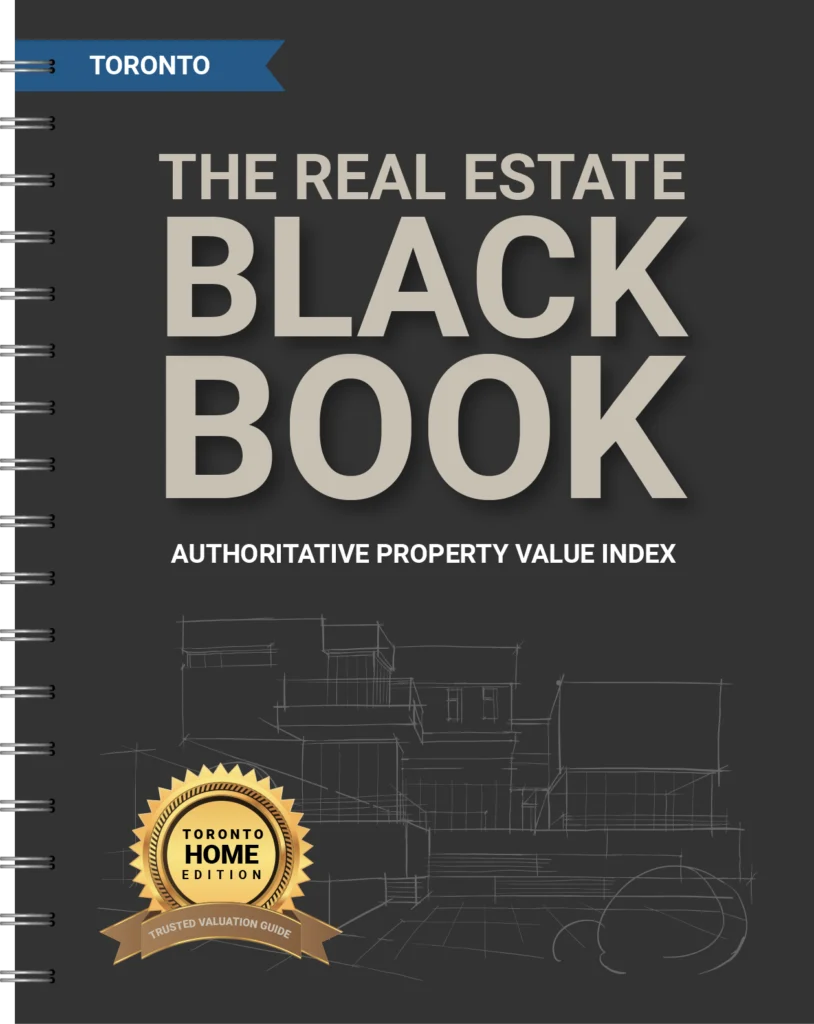A review of Toronto assault trends plays that out like any major city but over the past few years Toronto faces hefty challenges in ensuring the safety and well-being of its residents. A recent analysis of assault data in Toronto neighbourhoods provides insight into the changing dynamics of safety across the city. This blog post delves into the most and least safe neighbourhoods based on the latest data from 2022 and 2023, highlighting Toronto assault trends investigating the areas with the largest increases and decreases in assault incidents.
Toronto assault trends: Neighbourhoods with Alarming Increases in Assaults
The data reveals significant increases in assault incidents in several neighbourhoods, which could signal emerging safety concerns. Notably, Kingsway South witnessed a staggering 209.52% increase in reported assaults, jumping from 21 incidents in 2022 to 65 in 2023. This dramatic rise places it at the top of the list for areas of concern.
Other neighbourhoods, such as Dufferin Grove and Humber Heights-Westmount, also saw considerable increases in Toronto assault trends, with rises of 75% and 65.63%, respectively. These trends are alarming and warrant attention from community leaders, law enforcement, and residents to address and mitigate potential safety issues.
Top 10 Toronto Neighbourhoods with the Largest Increase in Assault
| Neighbourhood | 2022 | 2023 | YoY Change (%) |
|---|---|---|---|
| Kingsway South | 21 | 65 | 209.52 |
| Dufferin Grove | 84 | 147 | 75.00 |
| Humber Heights-Westmount | 32 | 53 | 65.63 |
| Edenbridge-Humber Valley | 32 | 53 | 65.63 |
| Blake-Jones | 48 | 77 | 60.42 |
| Bathurst Manor | 55 | 88 | 60.00 |
| Pleasant View | 33 | 52 | 57.58 |
| Bendale | 205 | 319 | 55.61 |
| Bayview Woods-Steeles | 39 | 60 | 53.85 |
| Eringate-Centennial | 59 | 90 | 52.54 |
Toronto assault trends: Neighbourhoods Seeing Improvements
On the brighter side, several neighbourhoods have experienced significant decreases in assault incidents, highlighting successful efforts to enhance safety and community well-being. Lambton Baby Point leads this positive trend with a 42.59% decrease in reported assaults, from 54 in 2022 to 31 in 2023. This improvement is a testament to the effectiveness of community engagement and policing strategies aimed at reducing crime.
Oakwood Village and Yonge-St.Clair are other examples of neighbourhoods making strides in safety, with decreases of 29.87% and 22.22% in assaults, respectively. These areas demonstrate that Toronto assault trends are trending downward as concerted efforts to improve neighbourhood safety can yield positive results.
Top 10 Neighbourhoods with the Lowest Increase (or Largest Decrease) in Assault
| Neighbourhood | 2022 | 2023 | YoY Change (%) |
|---|---|---|---|
| Lambton Baby Point | 54 | 31 | -42.59 |
| Oakwood Village | 154 | 108 | -29.87 |
| Yonge-St.Clair | 45 | 35 | -22.22 |
| Woodbine-Lumsden | 41 | 32 | -21.95 |
| Mount Pleasant West | 258 | 206 | -20.16 |
| O’Connor-Parkview | 161 | 133 | -17.39 |
| Yonge-Eglinton | 122 | 104 | -14.75 |
| Maple Leaf | 56 | 50 | -10.71 |
| Newtonbrook West | 224 | 200 | -10.71 |
| Lawrence Park North | 35 | 32 | -8.57 |
Analyzing Toronto assault trends
The contrasting trends in neighbourhood safety underscore the complexity of addressing urban crime and highlight the importance of localized strategies. Neighbourhoods with increasing assaults may require more targeted policing, community outreach, and resources to tackle the underlying causes of violence. Meanwhile, areas showing improvements serve as models for successful interventions that could be adapted and applied elsewhere.
The Way Forward
Toronto’s approach to neighbourhood safety must be multifaceted, combining law enforcement, community engagement, and social services to address the root causes of crime. The data points to the need for ongoing vigilance, investment in community resources, and collaboration across sectors to ensure all Toronto residents can live in safe and secure environments.
As Toronto continues to grow and evolve, maintaining a focus on neighbourhood safety will be crucial in preserving the city’s status as a desirable place to live, work, and visit. By learning from both the successes and challenges across its neighbourhoods, Toronto can continue to enhance its approach to public safety and well-being for all its residents.
Conclusion
The recent analysis of Toronto assault trends in Toronto’s neighbourhoods offers valuable insights into the city’s safety landscape. By identifying areas of concern and highlighting successful interventions, Toronto can continue to build on its strengths and address its challenges, ensuring a safe and vibrant city for all.
For those eager to delve deeper into the crime data surrounding their property or prospective neighbourhood, DoorScore.ca offers a robust toolset. Founded by this author, DoorScore provides an unparalleled window into the safety of Toronto’s neighbourhoods. By tracking crimes based on distance and radius from your property, users can access detailed information on:
- Assault Incidents: Understanding the proximity and frequency of assault cases near your location.
- Break and Enters: Insights into nearby break-ins, offering a gauge of property security risks.
- Auto Thefts: Data on car theft incidents within a certain radius, highlighting potential vulnerabilities.
- Robberies: A closer look at robbery cases around your area, reflecting on personal and property safety.
- Shootings: Analysis of firearm-related incidents, crucial for assessing neighbourhood safety.
- Homicides: Tracking the most serious of crimes to understand community and safety dynamics.
This valuable information is presented in an intuitive, user-friendly interface, where areas exceeding the city’s average crime rates are highlighted, allowing for quick and informed assessments. For a comprehensive exploration of how crime data could influence your real estate decisions in Toronto, visit DoorScore today.



